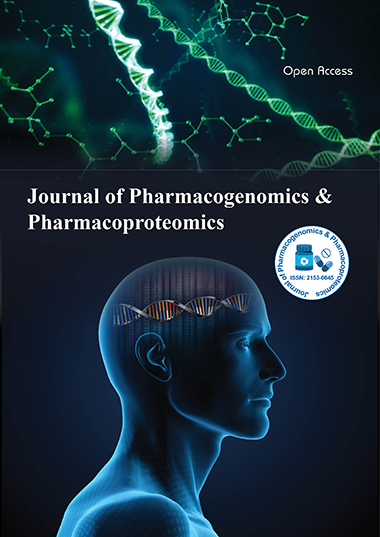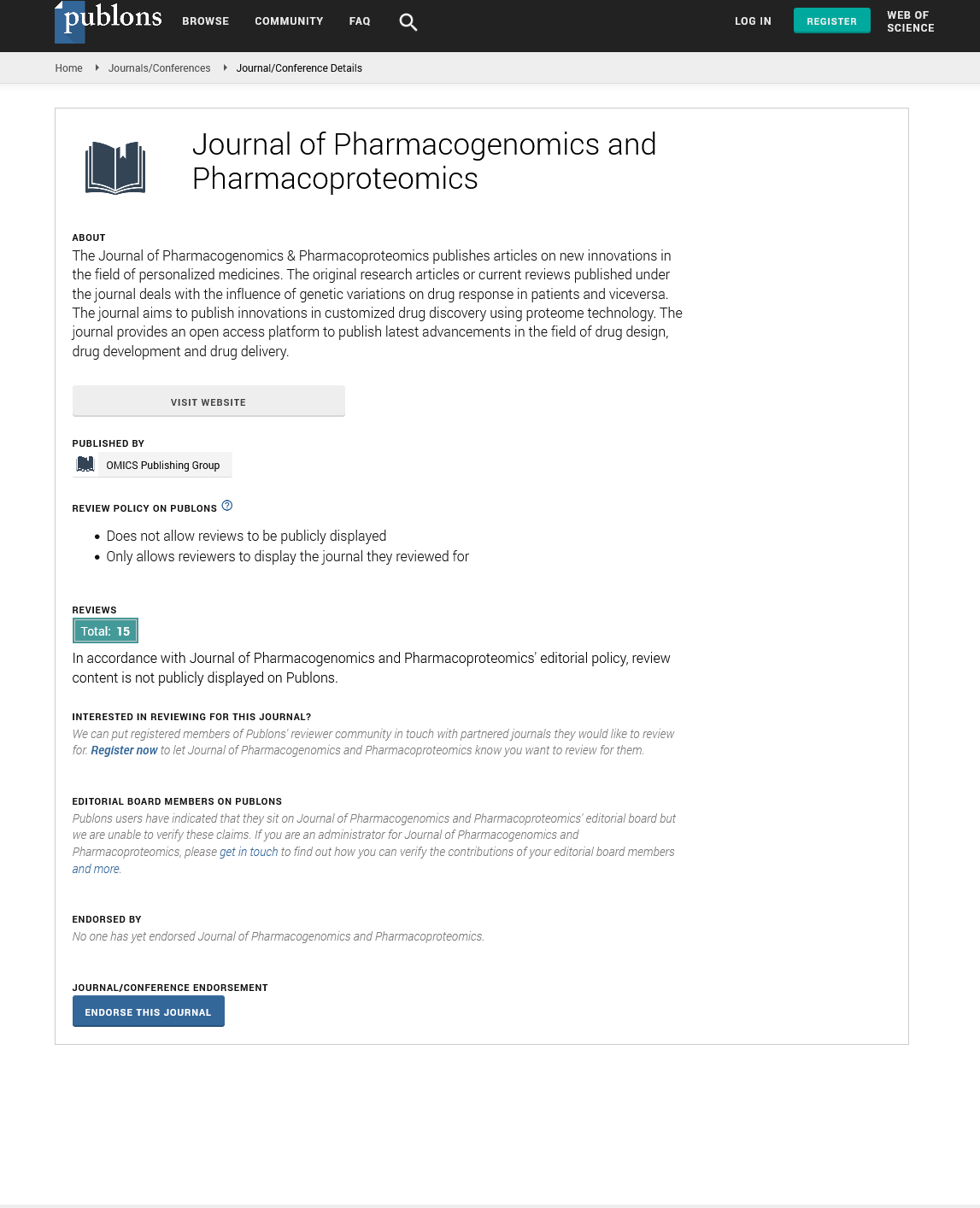Indexed In
- Open J Gate
- Genamics JournalSeek
- Academic Keys
- JournalTOCs
- ResearchBible
- Electronic Journals Library
- RefSeek
- Hamdard University
- EBSCO A-Z
- OCLC- WorldCat
- Proquest Summons
- SWB online catalog
- Virtual Library of Biology (vifabio)
- Publons
- MIAR
- Euro Pub
- Google Scholar
Useful Links
Share This Page
Journal Flyer

Open Access Journals
- Agri and Aquaculture
- Biochemistry
- Bioinformatics & Systems Biology
- Business & Management
- Chemistry
- Clinical Sciences
- Engineering
- Food & Nutrition
- General Science
- Genetics & Molecular Biology
- Immunology & Microbiology
- Medical Sciences
- Neuroscience & Psychology
- Nursing & Health Care
- Pharmaceutical Sciences
Perspective - (2023) Volume 14, Issue 1
Metabolic Disorders in Immune System and Complexity
Shinawi Tayeh*Received: 02-Jan-2023, Manuscript No. JPP-23-20689; Editor assigned: 06-Jan-2023, Pre QC No. JPP-23-20689(PQ); Reviewed: 20-Jan-2023, QC No. JPP-23-20689; Revised: 27-Jan-2023, Manuscript No. JPP-23-20689(R); Published: 03-Feb-2023, DOI: 10.35248/2153-0645.23.14.040
Description
The organism is protected from infection and disease by the immune system, a network of cells and proteins. At the same time, it can also be the source of chronic, debilitating diseases. Metabolic disorders are a group of chronic diseases caused by an imbalance in the metabolic process, which can lead to a variety of health complications. While these two systems are distinct, they are inextricably linked, making it important to understand how they interact and how they can both be affected by the same factors. The immune system is an intricate network of cells and proteins that work together to protect the body from infection and disease.
It is composed of several different types of cells, including white blood cells, antibodies, and more. These cells are constantly on the move, looking for signs of infection and responding accordingly. They also interact with other parts of the body, such as the gut and respiratory system, to help maintain a healthy balance. Metabolic disorders, on the other hand, are caused by an imbalance in the metabolic process. This can lead to a variety of health complications, such as diabetes, obesity, and heart disease. The metabolic process helps to break down the food we eat and turn it into usable energy. When something goes wrong with this process, it can lead to the accumulation of toxins and other substances in the body, which can lead to a range of health problems. The relationship between the immune system and metabolic disorders is complex and multifaceted. For example, certain metabolic disorders can cause the immune system to malfunction, leading to a variety of health complications. At the same time, the immune system can also be affected by metabolic disorders, leading to further complications. Therefore, it is important to understand the connection between these two systems in order to effectively treat and manage both.
Understanding the complexity of the immune system and metabolic disorders is essential for providing effective treatment and management for both conditions. By understanding how the two systems are connected and how they can affect each other, healthcare professionals will be better equipped to diagnose and treat these conditions. With the right knowledge and support, those with metabolic disorders and other chronic illnesses can live fuller, healthier lives.
The immune system is a complex network of cells and organs that work together to protect the body against foreign and harmful substances. It is composed of many different types of cells, such as lymphocytes, macrophages, and dendritic cells, and organs, such as the thymus, spleen, and lymph nodes. This intricate system can be difficult to understand, but it is important to have a basic understanding of its anatomy in order to better understand how metabolic disorders can affect the body. The lymphatic system is the main component of the immune system, and it is responsible for filtering out foreign substances and removing them from the body. The bone marrow is a soft, spongy tissue found inside the bones, and it is responsible for producing red and white blood cells. Red blood cells help to carry oxygen throughout the body, while white blood cells are important for fighting infection.
Citation: Tayeh S (2023) Enhancing Quality Assurance for Drug Formulations: A Comprehensive Guide. J Pharmacogenom Pharmacoproteomics. 14:040
Copyright: © 2023 Tayeh S. This is an open-access article distributed under the terms of the Creative Commons Attribution License, which permits unrestricted use, distribution, and reproduction in any medium, provided the original author and source are credited.

